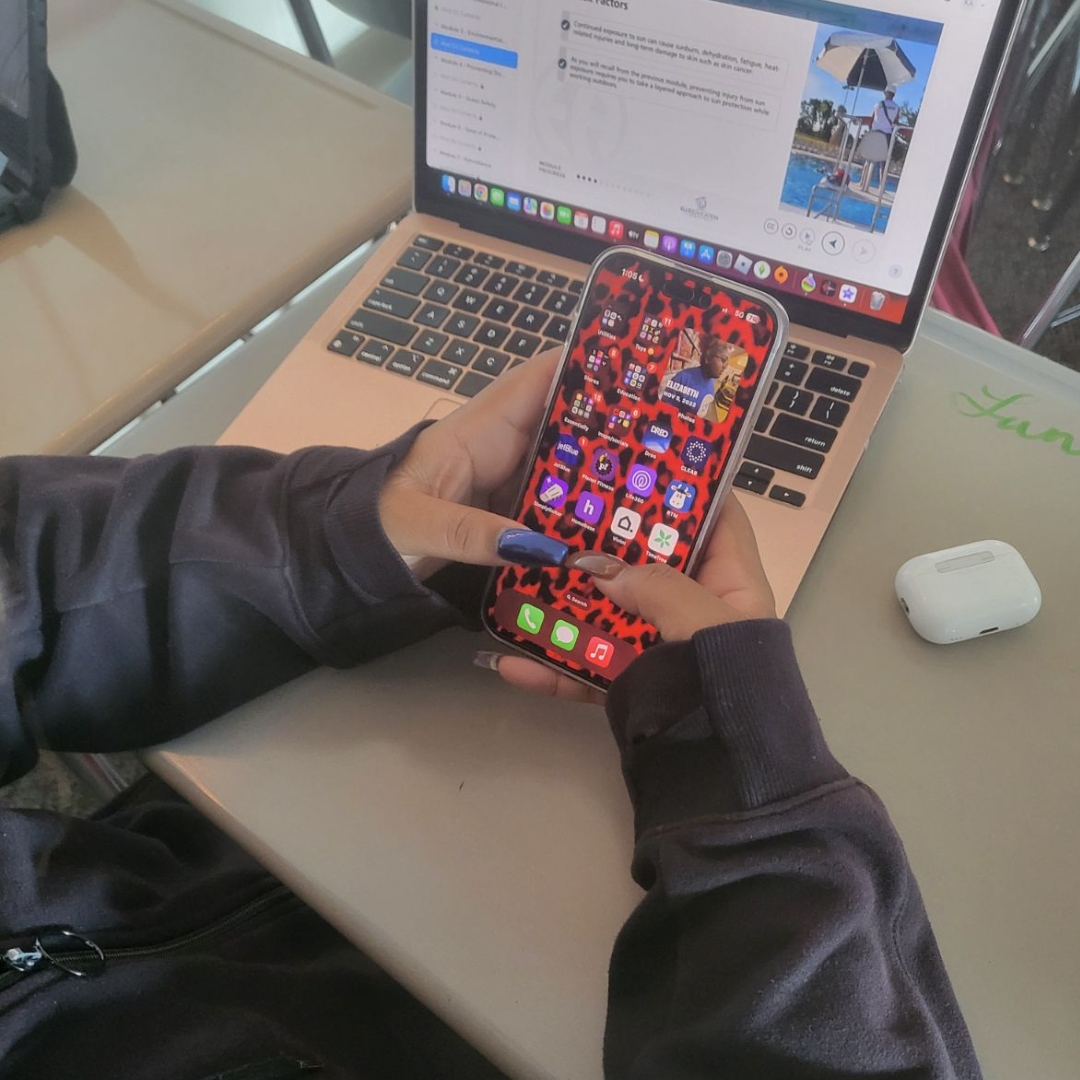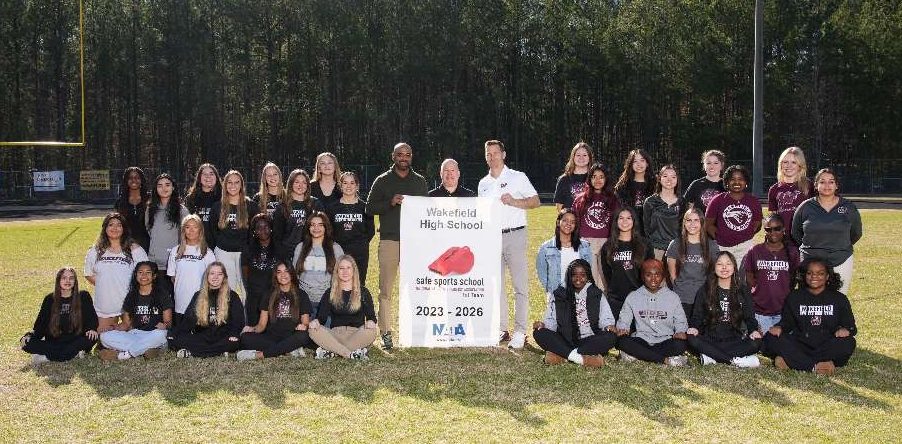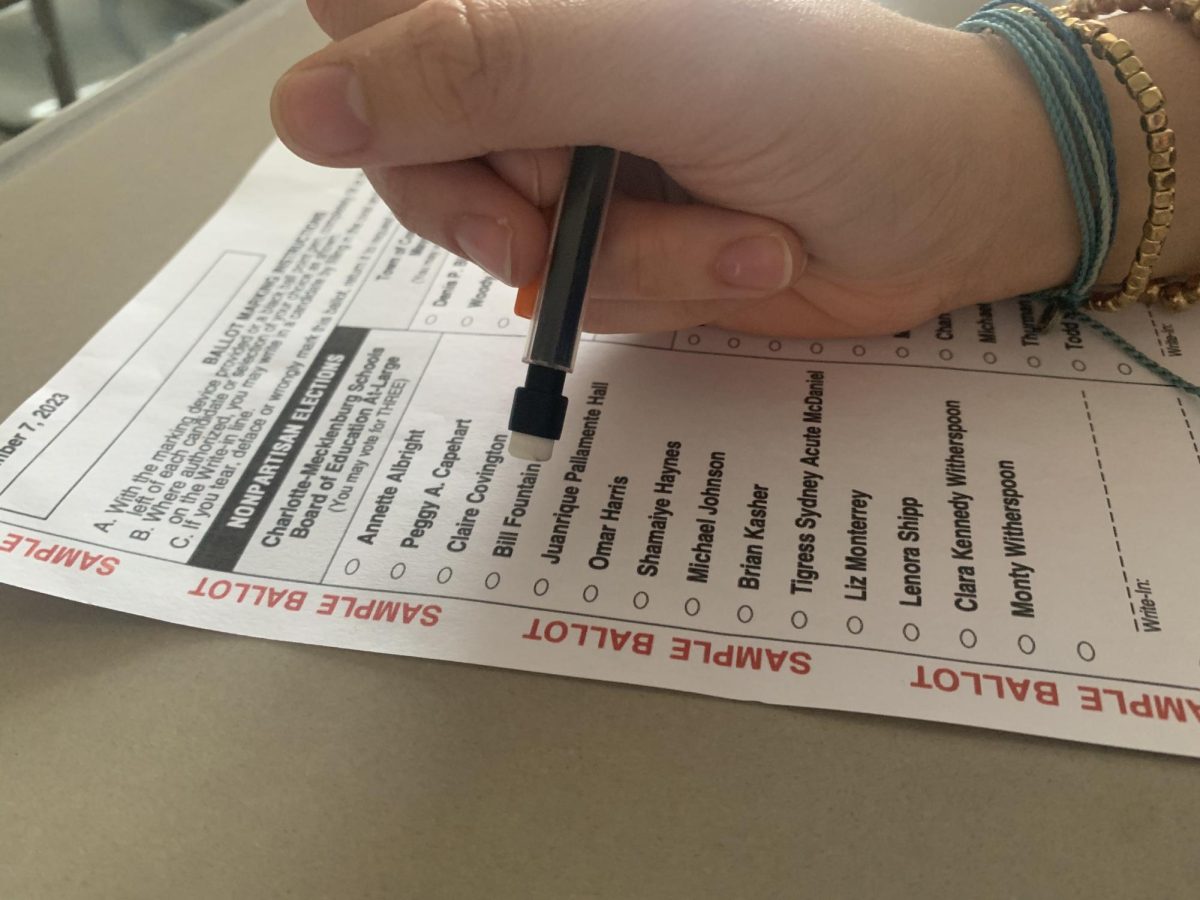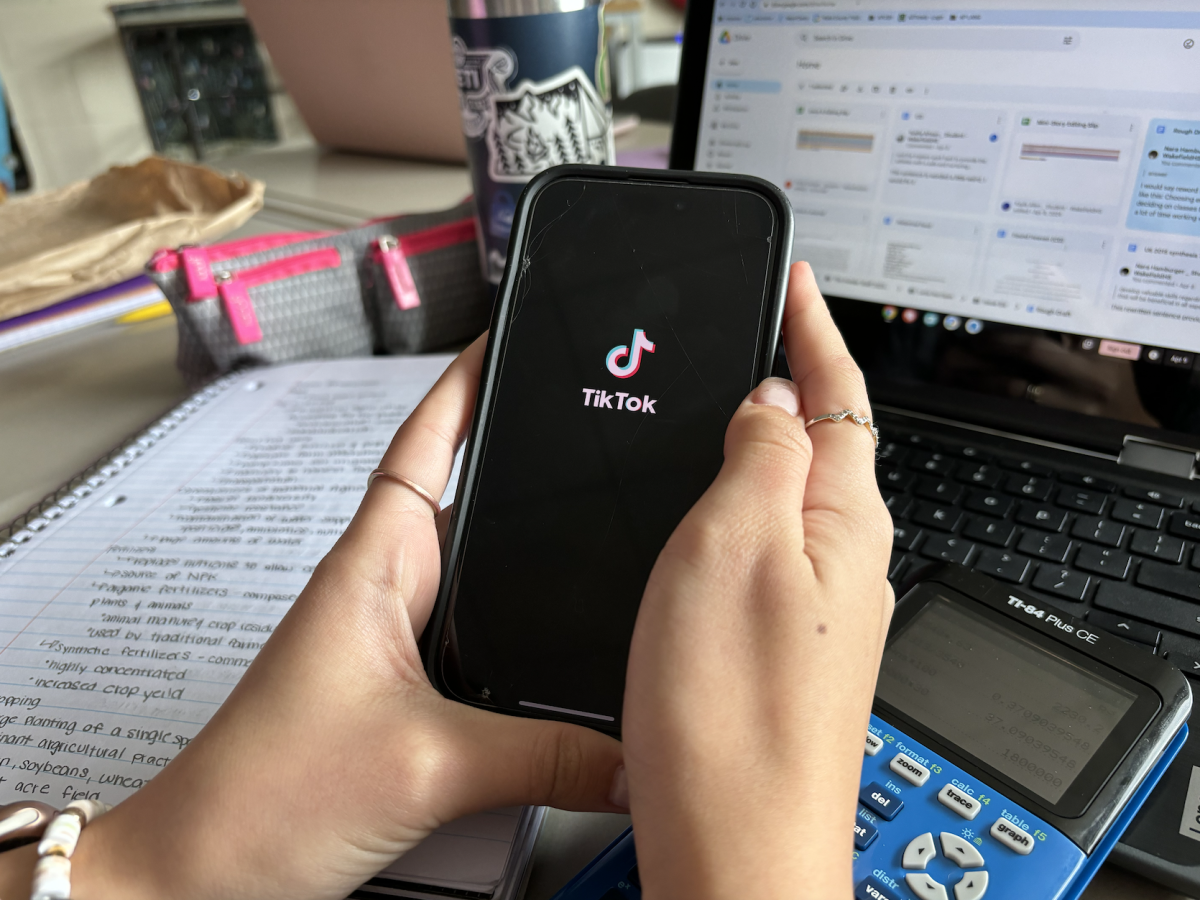From TikTok challenges to Instagram aesthetics, social trends hold immense influence over teenagers’ choices, ranging from social culture to purchasing decisions. Social media has quickly risen to the occasion through influencers showcasing envious lifestyles and promoting products and brands people “need” to have. Teens then believe that to become the person they want to be, they must buy this product.
For a deeper look into why this occurs, Wakefield High School students can take Cultural Media Literacy, a class specifically designed to study how media shapes our society. English I and Cultural Media Literacy teacher Caroline Jones provides insight into how influencers truly got started.
“If we go back to the 90s, nobody knew what Drew Barrymore was doing other than what the tabloids were saying,” Jones said. “You weren’t in her home with her. Then, for the first time in the early 2000s, Paris Hilton started this whole ‘I’m letting you all into my home.’ MTV Cribs changed things, letting you see into the ‘rich people’ world; we see products that celebrities use for skin care, and we go, ‘Oh, I need that.’”
As new items are added and advertised in the media, teens rush to Amazon and TikTok shop to buy them – simply because their favorite influencer approves of or uses the product. These items are advertised in hundreds of creative ways – funny ads and memes, get ready with me videos and lots more.
To make it easier for teens to buy these goods, many companies have new technologies that help you shop for things like clothes without leaving the comfort of your home.
“The whole shopping experience is different,” business teacher Bouchra Elgaou said. “There are new technologies in shopping where you can try the outfit on without even being in the store.”
For many, trying things before buying them allows people to truly see how clothes or items will look in real life. With the idea that the clothes look fantastic on them and that what they’re wearing is popular, it makes them feel like they’re actually fitting in. This can be tied in with the popular theory of social identity. According to this theory, individuals derive a sense of self and belonging from the groups they fit into based on what they may be wearing or own. For teenagers, social identities are often closely linked to the groups they identify with. Adolescents may align their online personas with the norms and values of their chosen social groups, expressing themselves in ways that receive acceptance and validation from friends – even if it’s not truly who they are.
Psychology teacher Joseph Grant explains the psychological aspect behind why teens have the need to follow these trends.
“Social psychology would tell us it’s about status and the desire to fit in,” Grant said. “I think over the course of teenage years, there’s an absence or void of identity. You see this with middle school-aged students and how they’re much more likely to be combative. They go with trends and pick up on the slightest opportunity to try and fit in with the crowd.”
These trends can cause groups to treat others as outcasts, creating a lot of negativity within schools or online platforms. Additionally, with the allure of social media, certain trends can encourage unrealistic, and often dangerous, standards.
“We can go back three years and remember when ‘Devious Licks’ was a trend. That was such a problem in schools,” Jones said. “Kids who don’t understand may think it’s fun; however, you don’t see the aftermath of that student getting suspended or the school having to pay [a lot of] money. When you only show one side of a dangerous and, at times, an illegal trend like that, it puts this false sense of ‘I’m not going to get in trouble’ or ‘This is the only way to be funny.’”
In the social media landscape, trends are ingrained in teen culture. Despite being aware of its pitfalls, social media still deeply influences many teenagers. This demonstrates the undeniable impact of trends shaping behavior and identity in today’s digital world.
“Social media is a trend in itself,” Jones said. “Many students understand that social media isn’t the greatest for you, but, for instance, when I ask my students, ‘Are you gonna stop then?’ They go, ‘No.’”









